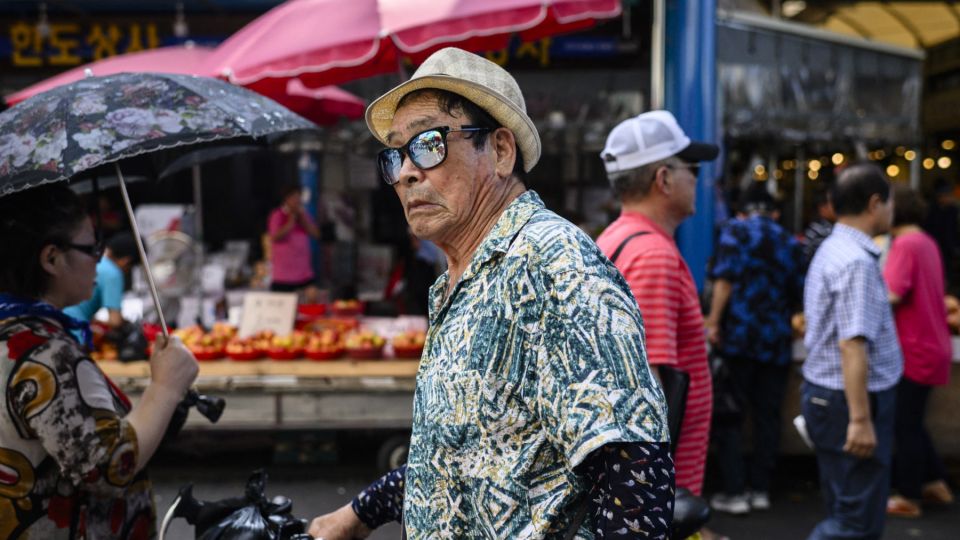June 17, 2025
SEOUL – Ground-level ozone pollution is surging across Seoul, prompting health concerns and emergency advisories as experts warn it may bring heavier health hazards than fine dust.
According to the Seoul Metropolitan Government’s Air Quality Information System, high concentrations of ozone — classified as “bad” at levels above 0.0901 parts per million — were observed Monday morning.
Monday was not the first time Seoul saw high levels of ozone. Ozone concentrations in the capital city were also classified as bad Sunday, as well as Thursday and Friday, when ozone advisories were issued after ozone levels reached an hourly average of 0.12 ppm.
From May 26 to June 2, high levels of ozone were also observed for eight consecutive days, with ozone advisories also issued for four of the eight days.
Ozone advisories in Seoul have been steadily rising in recent years.
According to the city government, the 115 ozone advisories issued in 2024 were significantly higher compared to the number that were issued in the past. From just 29 alerts in 2019, the figure climbed up to 45 in 2023, making 2024’s record a fourfold increase compared to the previous year.
While ozone plays a beneficial role 10 to 50 kilometers above Earth by blocking harmful ultraviolet radiation, at the ground-level it is a harmful pollutant. Ozone forms when nitrogen oxides from cars and factories, and volatile organic compounds from fuel and other industrial processes react with sunlight.
According to professor Ha Kyung-ja from Pusan National University’s Department of Atmospheric Science, high ozone concentrations can pose “more acute health risks than fine dust.”
“While issues related to ultrafine and fine dust often dominate air quality concerns, pollution caused by ozone concentrations should not be taken lightly. They can actually be even more harmful,” said Ha. “Ozone is a highly reactive gas that irritates the lungs and triggers inflammation. Even short-term exposure can cause coughing, sore throat, eye irritation, and in severe cases, breathing difficulties.”
When asked the reason behind the rise in ozone concentrations in Seoul, Ha stated that it could be due to “hot temperatures caused by global warming.”
“Due to climate change, summers in Korea have gotten longer and hotter, with a combination of stagnant air. More heat waves mean more electricity demand for air conditioning, leading to high energy use and more fossil fuels being burned that release the pollutants to form ozone when exposed to sunlight. Strong sunlight, mixed with stagnant air, is ideal in creating high ozone concentration,” mentioned Ha, adding that pollution from domestic and foreign industrial regions can also increase the chances of high ozone levels.
In response to the high ozone concentrations, the Seoul Metropolitan Government has ramped up its ozone mitigation efforts since April 2025.
The city government has conducted inspections at up to 1,056 businesses such as gas stations, laundries and car refinishing shops that emit large amounts of volatile organic compounds, and is actively developing policies to tackle ozone pollution in the long run.


